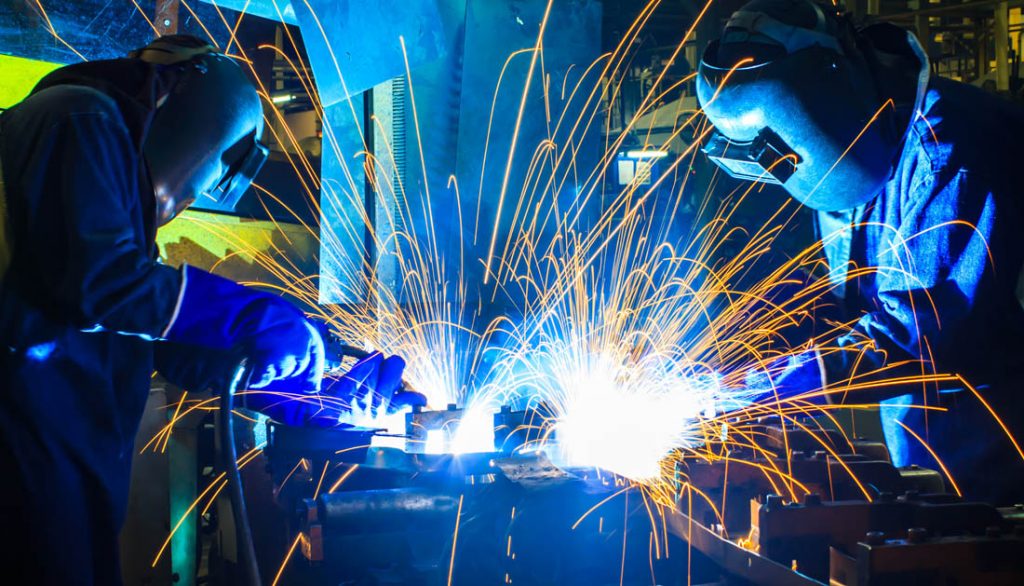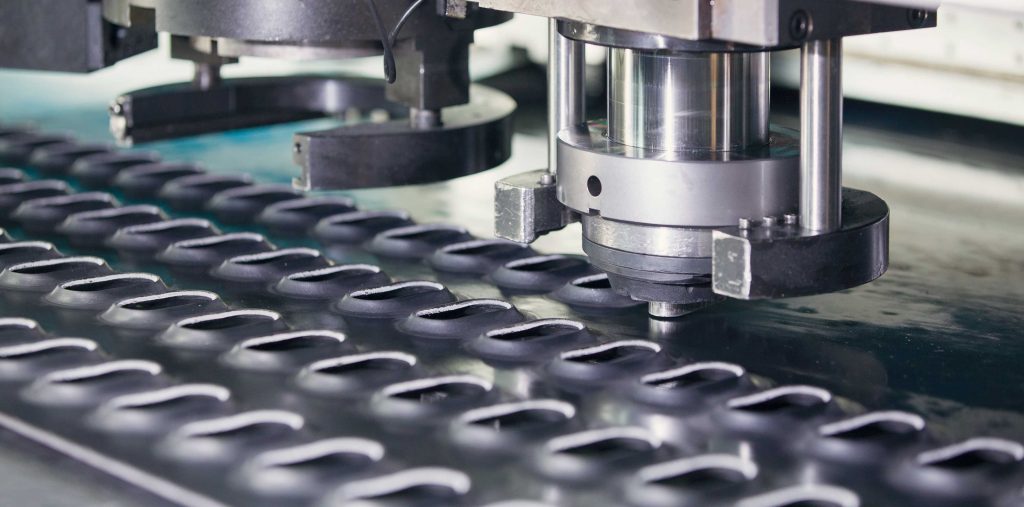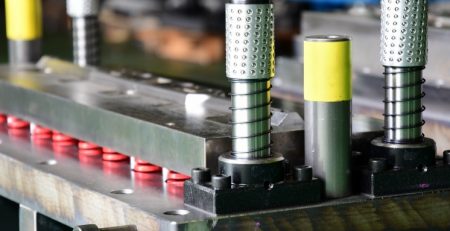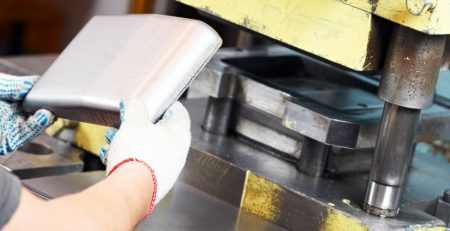Sheet Metal Fabrication – All You Need To Know About It
Sheet metal fabrication, precision metal fabrication, and metalworking –these are some common words that you might have heard about in the manufacturing industry. If you want to know what these mean, and what techniques are involved here, you have come to the right place. Keep reading to know more on this subject.

Precision Sheet Metal Fabrication – Meaning
The process in which raw metal products, flat metal sheets, or aluminum go through various techniques to transform into finished metal products or structures is called sheet metal fabrication. When the end products are precise metal parts, the process is known as precision sheet metal fabrication.
The techniques involved in converting raw metal materials into finished metal structures vary from one manufacturing industry to another; however, the commonly followed ones are punching, bending, cutting, welding, assembly and a few more (not necessarily in the same order). We will see in detail about these processes in the later sections.
Sheet metal fabricators are used for different applications on the raw metal sheets, thereby improving their overall resistance to corrosion, durability, functionality and final look. The sheet metals that are usually used for the fabrication of HVAC systems are steel (stainless steel, carbon steel, tool steel, galvanized steel and alloy steel) and aluminum. HVAC sheet metal fabrication is where customized HVAC systems or ductwork are built for homes and other buildings to optimize energy bills. However, for manufacturing industries, many types of sheet metals like copper, brass, magnesium and bronze are also used, in addition to steel & aluminum.

What are sheet metal fabricators?
Sheet metal fabricators are special tools involved in the process of fabrication. These are used in the different stages of converting a raw metal sheet into a finished metal product. These fabricators are of different types, as each type comes in handy in different stages involved right from designing the finished product to the assembly. Some of the sheet metal fabricators widely used in this process are laser cutters, punching machinery, press brakes, panel benders, robotic welders, folders and more.

Processes where sheet metal fabricators are used
Sheet metal fabricators are used in different stages of the fabrication techniques like the following:
- Designing
Regardless of the nature of the industry, the first step in precision sheet metal fabrication is designing. Here, the design of the final metal product or structure is finalized, and all the processes that follow take place with this design in mind. The specifications and dimensions of the final product are decided accurately with the help of specialized design software in most of the leading organizations.
- Programming
Here, the design of the final product is molded on the metal sheets in 2D format, so that they can be loaded onto the appropriate machinery to get the perfect shape. Metal sheets are optimally used in this stage to improve efficiency and avoid the wastage of resources.
- Cutting
Here, sheet metal fabricators like laser cutters are used to cut the metal sheets into the shapes that are drawn on them. This is one of the most important processes of precision sheet metal fabrication, as this decides the accuracy of the final product.
- Punching
Punching machines are used on sheet metals when holes have to be made in them, or when they have to be pressed to form a certain shape. Usually, the punching process is used in large-scale industries, as the process is too costly and tedious to be used in small industries.
- Bending
Manual press brakes and automated panel benders are used for folding or bending metal sheets. This is a complicated process, whether it is done in manufacturing processes or for HVAC sheet metal fabrication processes. Only experts are employed in this technique, as it is very important to get the exact curvature one needs to get the right shape of the final product.
- Welding
Once all the metal parts are created using these techniques, they are attached to one another in the welding process. Depending on the nature of the functionality of the final metal product, engineers use different methods for welding the parts. Straightening the metal parts, covering them with sand for cooling off, applying stout fixtures, etc. are some of the methods that engineers use for welding.
- Assembly
All the welded metal parts are then assembled with all relevant integrations in place. This procedure is quite different across industries, as the metal parts used in them, and their usage are not the same. Many tests and integration simulations are run in this stage to test the efficiency of the final structure. If needed, nuts & bolts and other hardware parts are installed to get the final structure working as per the requirements.
- Powder Coating
This is usually the last stage in the precision sheet metal fabrication process. Here, the electrostatic powder is applied over the assembled metal parts to improve their durability and visual appeal. In most large-scale industries, this is an automated process, and it involves several pre-treated methods here including powder-coating, drying stoving and more. Some of the other finishing techniques commonly used besides powder coating are brushing (using a brush to get rid of defects on the surface), plating (using double-coating to improve the corrosion-resistance feature of the final product) and polishing (removing oxidation layers to make the product look shiny and smooth).
Why sheet metal fabrication is necessary?
Today, many industries (large-scale or small-scale) have incorporated sheet metal fabrication into their core process schedule. With the advancement in technology, many modern sheet metal fabricators are being used in different stages of this process to add to the accuracy, durability and practicality of the final metal structure. Here are the top reasons why sheet metal fabrication has become a necessary process in most industries today:
Thanks to sheet metal fabricators, industries can now cater to the dynamic requirements of their clients. They can deliver the final metal structures in exactly the same shape and size clients want, as they make use of sophisticated sheet metal fabricators like laser cutters, automated metal benders and more to mold the metal sheets in whichever way they want.



